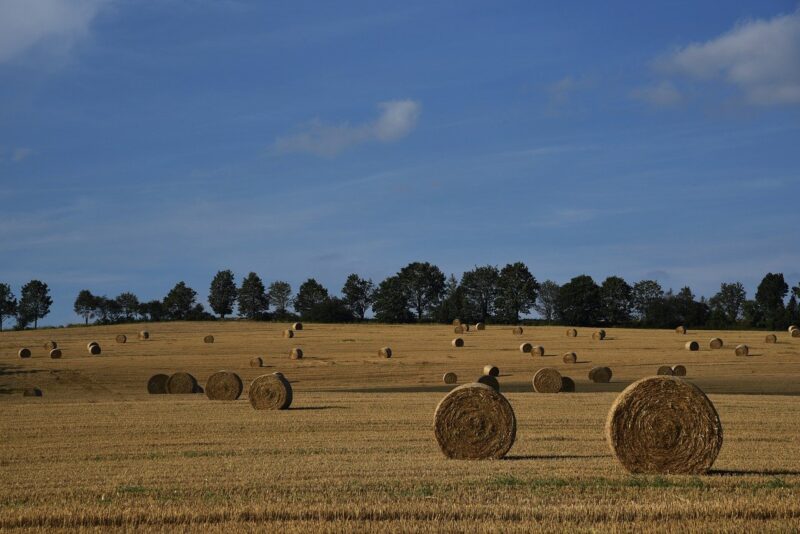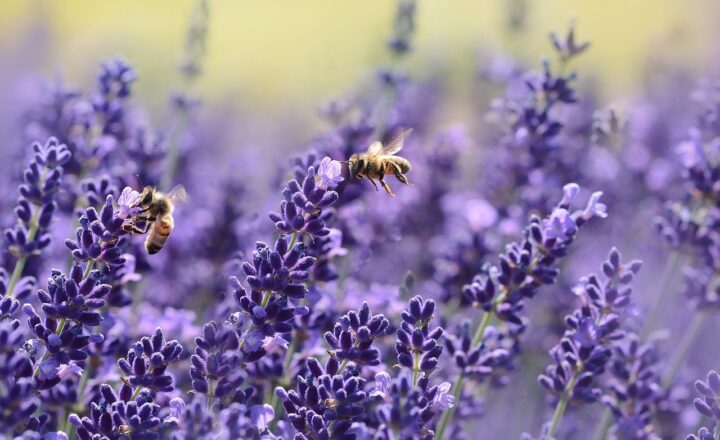Agriculture Then vs. Now: Ancient Techniques vs. Modern Innovation
November 15, 2024

Agriculture has always been the backbone of human civilization. From ancient times, when our ancestors cultivated crops and raised animals for survival, to today’s highly mechanized and technologically driven approaches, the methods and philosophies of agriculture have undergone radical transformations. This article aims to explore the contrasts between ancient agricultural techniques and modern innovations, demonstrating how these shifts have not only changed farming practices but also impacted society, the environment, and economies worldwide.
1. A Brief History of Agriculture
Agriculture began around 10,000 BC with the advent of the Neolithic Revolution. Early farmers domesticated plants and animals, gradually settling into agricultural communities, which laid the foundation for complex societies. Key developments during ancient agricultural practices included:
- Crop Rotation: Farmers practiced rotating crops to maintain soil fertility, a technique still utilized today.
- Irrigation: Ancient Egyptians, Mesopotamians, and other civilizations developed irrigation systems to manage water effectively for crops in arid regions.
- Animal Husbandry: Domestication of cattle, sheep, and goats enhanced food sources and labor for farming tasks.
While these techniques laid the groundwork for agricultural development, the evolution of technology has dramatically transformed the landscape of farming operations today.
2. Ancient Techniques: The Foundations of Agriculture
Ancient agricultural methods were primarily characterized by their labor-intensive nature and close connection to the natural world. Key techniques include:
- Hand Tools: Ancient farmers utilized simple hand tools like plows, sickles, and hoes made from wood or stone, requiring significant manual labor for planting and harvesting.
- Natural Fertilizers: The use of animal manure and compost was widespread, enriching the soil organically without chemical additives.
- Polycropping: Multiple crops were often grown together to maximize land use and reduce pests, reflecting a natural biodiversity approach.
Despite their simplicity, these techniques were efficient and sustainable, deeply attuned to local climates and seasonal changes, contributing to food security in ancient communities.
3. The Industrial Revolution and Modern Techniques
The Industrial Revolution of the 18th and 19th centuries marked a dramatic shift in agricultural practices. Innovations included:
- Machinery: The introduction of tractors, combine harvesters, and other machines reduced the need for manual labor and increased efficiency in planting and harvesting crops.
- Chemical Fertilizers and Pesticides: Synthetic fertilizers and pesticides became prevalent, designed to boost crop yields while controlling pests and diseases, though they raised concerns over health and environmental impacts.
- Monoculture Farming: Modern farming often favors growing a single crop over large areas, streamlining production but diminishing biodiversity and increasing vulnerability to pests and crop failures.
These innovations have dramatically increased agricultural productivity, allowing for the feeding of a rapidly growing global population, but have also introduced new challenges and concerns.
4. Recent Developments: Precision Agriculture and Biotechnology
In the 21st century, agriculture has continued to evolve with advancements in technology. Precision agriculture, which uses data analytics, GPS, and sensors, allows farmers to tailor their techniques according to specific field conditions. This results in numerous benefits:
- Resource Efficiency: Data-driven insights enable more efficient use of water, fertilizers, and pesticides, reducing costs and environmental impact.
- Higher Yields: By applying the right amount of resources at the right time, farmers can optimize crop production and increase yields significantly.
- Sustainability: Advances in biotechnology, such as genetically modified organisms (GMOs), allow for the development of crops that are resistant to pests, diseases, and changing climatic conditions, thus further enhancing food security.
The emphasis on sustainable practices and the responsible use of technology drive modern agriculture, addressing food security concerns while mitigating environmental impacts.
5. Comparative Advantages: Ancient vs. Modern Techniques
When comparing ancient and modern agricultural techniques, several key differences emerge:
- Sustainability: Ancient methods were inherently sustainable, focusing on building healthy ecosystems, while modern practices often struggle with sustainability due to chemical inputs and monocultures.
- Yield Efficiency: Modern agriculture achieves higher yields and more efficient resource use, thanks to advancements in technology and scientific understanding of plant genetics and soil health.
- Labor Requirements: Ancient techniques demanded a large labor force, while modern machinery has automated many tasks, reducing labor needs significantly.
This comparison highlights the need for modern agricultural practices to learn from ancient wisdom to create sustainable strategies that balance productivity and environmental stewardship.
6. Future Trends in Agriculture
As we look toward the future, distinguishing which techniques will dominate remains crucial. Promising trends in agriculture include:
- Agroecology: A method that combines ecological principles with agricultural practices, aiming to create resilient farming systems based on biodiversity and sustainable resource use.
- Vertical Farming: Urban agriculture utilizing vertical space to grow food, harnessing technologies like hydroponics and aeroponics, significantly reducing the need for land and water resources.
- Blockchain Technology: Enhancing transparency and traceability in the food supply chain, allowing consumers to connect more closely with the origin of their food products.
These trends indicate a shift towards a more integrated, sustainable agricultural future, where technology and ancient practices coexist to address global food challenges.
Conclusion
The agricultural journey from ancient techniques to modern innovations illustrates a remarkable evolution driven by necessity and innovation. While modern agriculture achieves unprecedented efficiency and productivity, it must also confront the challenges of sustainability and ecological integrity. By learning from ancient agricultural practices, we can pave the way for a future that honors the past while embracing innovative solutions to feed the world sustainably.
Agriculture will always evolve, but striking a balance between ancient wisdom and modern technology may well be the key to securing global food resources for generations to come.







